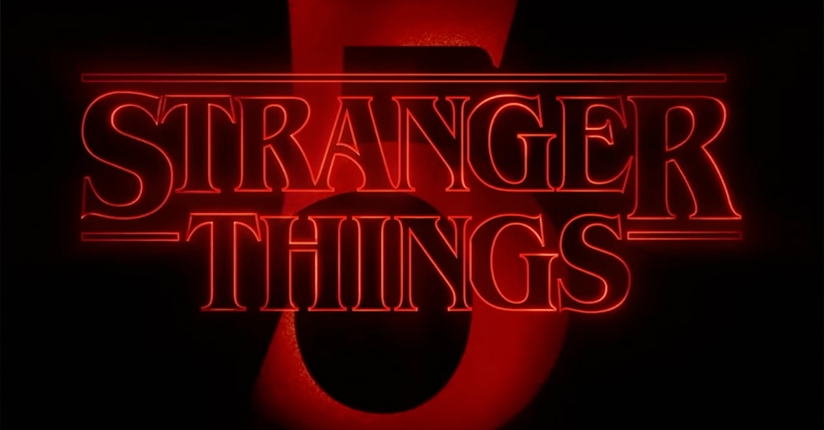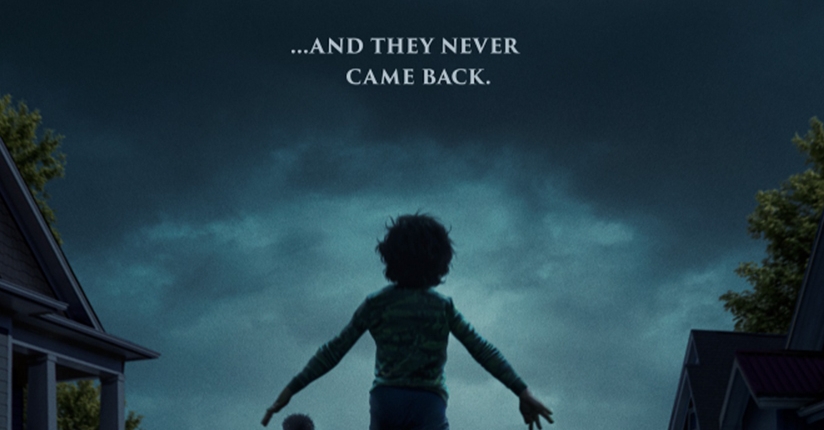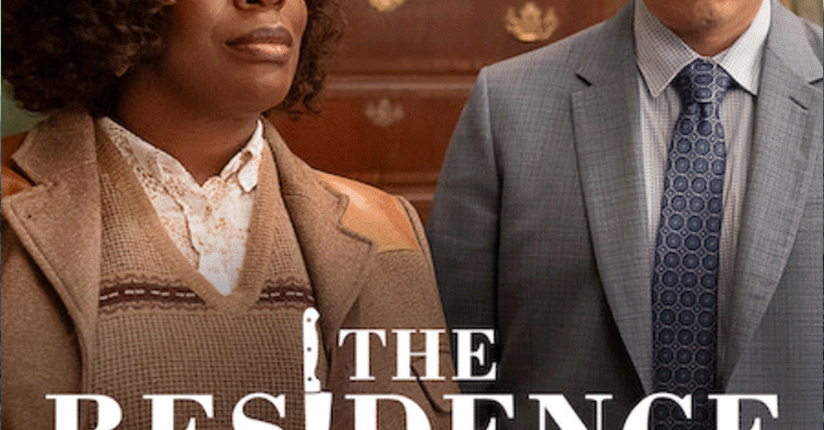Summary
Marty Supreme is an original, fictionalized sports-drama set in the world of 1950s ping-pong. Directed and co-written by Josh Safdie with Ronald Bronstein, the film follows Marty Mauser (played by Timothée Chalamet), a cocky young man with bold dreams of ping-pong fame—despite facing skepticism from those around him. Chalamet’s character goes “to hell and back in pursuit of greatness.” The supporting cast includes Gwyneth Paltrow, Odessa A’zion, Kevin O’Leary, Tyler Okonma (Tyler, the Creator), Fran Drescher, and others. The film is budgeted at around $70 million and is scheduled for release on December 25, 2025.
The Role of Visual Effects
While Marty Supreme is grounded in a relatively realistic, period sports‑drama setting, visual effects still play an important role behind the scenes:
-
The film’s VFX work is handled by Folks VFX, with a comprehensive team including visual effects producers, supervisors, animators, asset artists, compositors, matte painters, lighting artists, layout and rigging experts, and more.
-
On the creative side, visual effects likely support the ping-pong sequences—enhancing the ball’s trajectory, impact, and visual clarity, especially during high-speed shots where practical filming might fall short.
-
Matte paintings and set extensions may be used to help recreate 1950s settings, giving the film its period aesthetic without breaking immersion.
-
Subtle compositing probably ensures clean continuity when doubling or combining bodies (“stunt doubles” or background action), bolstering the seamless integration between Chalamet’s own performances and the more complicated stunts or gameplay.
-
Ultimately, while the story remains rooted in human performance and character drama, the VFX team elevates the physical sequences—making the table tennis action more visceral, stylish, and cinematic.








